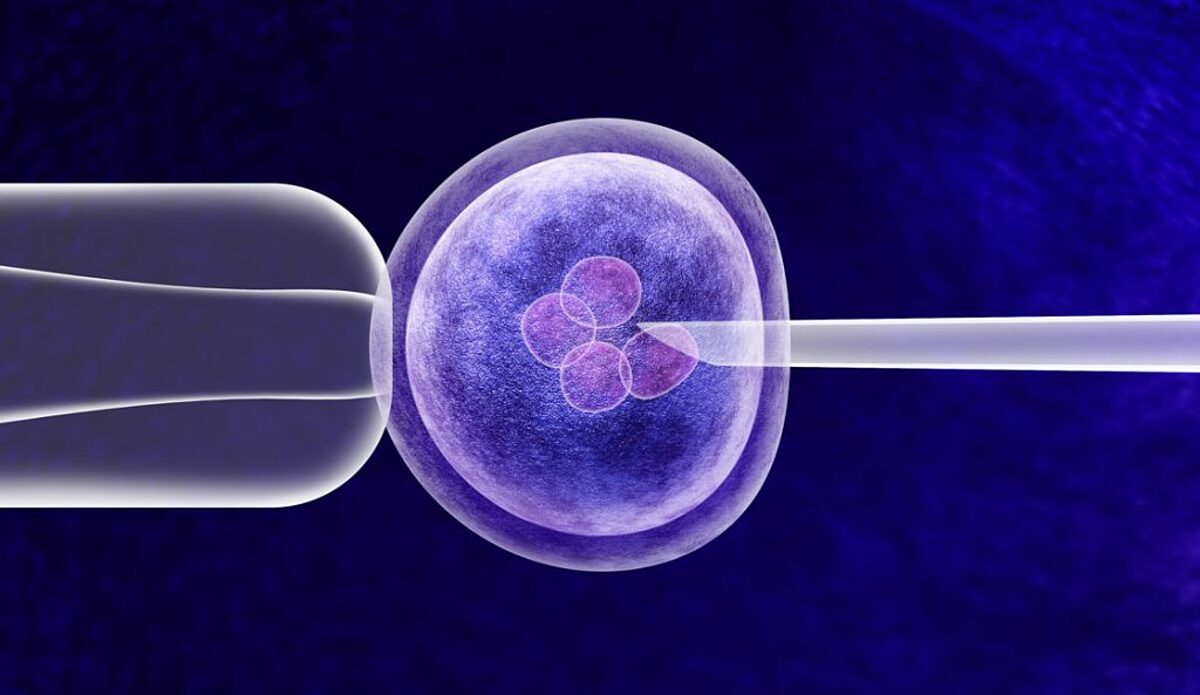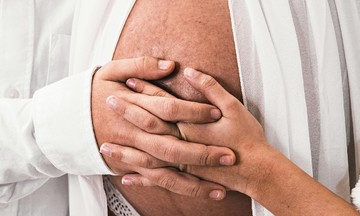Developed by Newcastle University (UK), the technique was published in the New England Journal of Medicine on 17/7. The method ensures that children are born with no or very low levels of mitochondrial mutations, allowing for normal development.
Mitochondrial DNA, located outside the cell nucleus, plays a vital role in energy production. Mutations in this DNA can lead to serious disorders affecting multiple organs, including the brain, liver, heart, muscles, and kidneys. This new method has almost entirely eliminated these mutations.
The new technique works by combining the nucleus of the mother's egg and the nucleus of the father's sperm. After fertilization, the nucleus containing the DNA of both parents is removed and transferred into a healthy donor egg.
The resulting embryo develops with nuclear DNA from the biological parents and healthy mitochondria from the donor, eliminating the risk of inheriting diseases caused by mitochondrial mutations. Of the eight babies born using this method, one is around two years old, two are around one year old, and five are newborns.
Blood tests have confirmed that the levels of mitochondrial mutations in the children are very low or nonexistent. The New England Journal of Medicine publication also confirmed that all the children are developing normally.
 |
The new IVF technique allows children to be born with DNA from three people. Photo: Fertility Academy |
The new IVF technique allows children to be born with DNA from three people. Photo: Fertility Academy
Doctor Andy Greenfield from Oxford University, who was not involved in the study, praised the achievement, viewing it as the culmination of decades of scientific, ethical, legal, and public health work.
Traditional IVF techniques often select eggs with fewer mitochondrial mutations for implantation. However, when all eggs carry mutations, this new method is preferred.
Previously, the research team also tried transferring the nucleus from the mother's unfertilized egg into the donor egg before fertilization, but determined that the current method is more reliable in preventing the inheritance of the disorder.
Legally, the UK was the first country to legalize mitochondrial donation research in 2015, followed by Australia.
Thuc Linh (NY Post)












